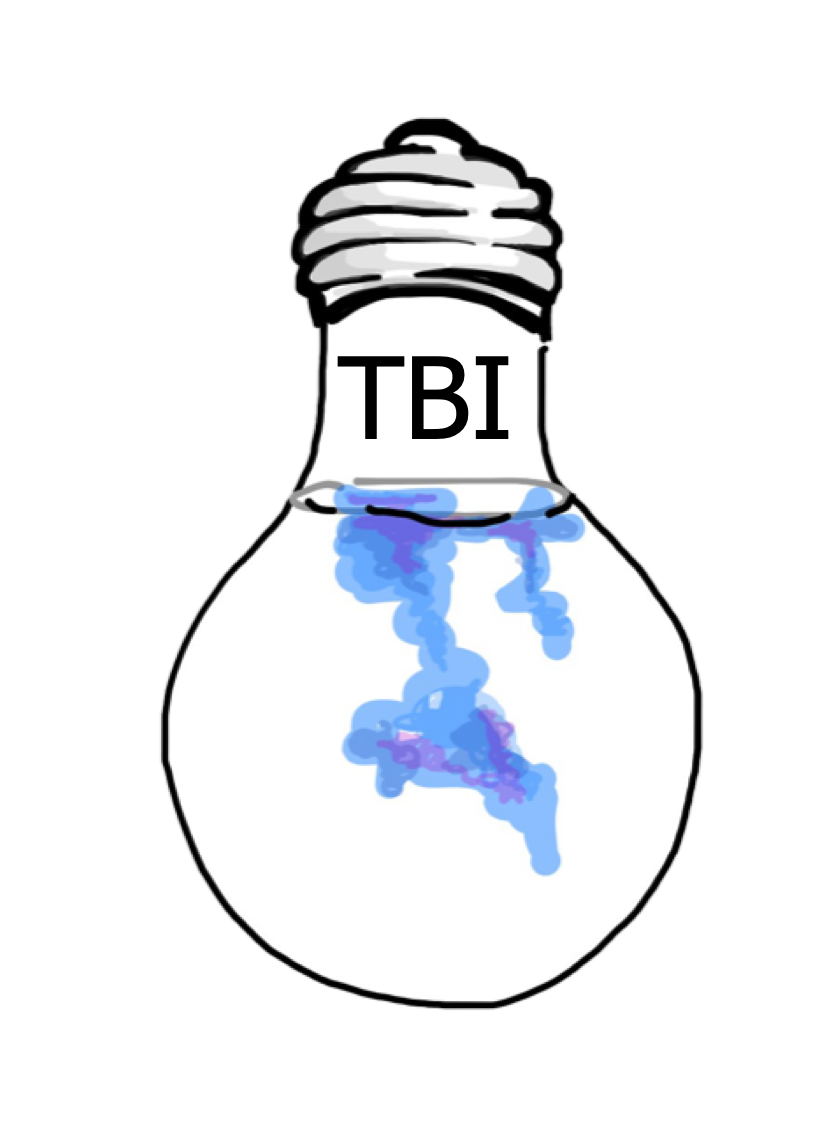Magic Magnets: 1st Grade Science
Casey Elementary School: 1st Grade
In a 1st grade science lesson we observed, students were investigating the basic properties of magnets. The teacher designed an exploratory lesson, placing students in groups and giving each team a carefully organized tray that included different combinations of magnets: horseshoe, rectangle bar, paddle, and ball. The trays also contained a variety of objects that magnets could and couldn't move: steel wool, cotton balls, paper clips, plastic coins, erasers, and a compass. By intentionally including items that could and couldn't be picked up by a magnet, the teacher created a sense of mystery as well as a puzzling situation in which students would need to look for patterns.
Each student chose different items to investigate, enabling them to both individually and collectively explore, compare, and discover magnetic properties. One student discovered how the bar magnets' red and blue ends would pull together, whereas the two blue ends would push away (polarity). Another student created a chain of paper clips hanging from a magnet and observed that if she added more than three, one paper clip would drop off (magnetic strength). The teacher's careful preparation of the diverse trays helped facilitate active inquiry, effectively setting the stage for a rich culminating discussion during which students learned about the unique discoveries from each group.
Students were excited as they described what they learned: "The magnets rolled like magic!" "The two blue ends didn't stick to each other." Because of her intentional organization of materials, the teacher was able to build on these discoveries from her 1st grade scientists, and she finished the lesson by bridging students' observations to the key scientific concepts of attraction, repulsion, and magnetic fields.

